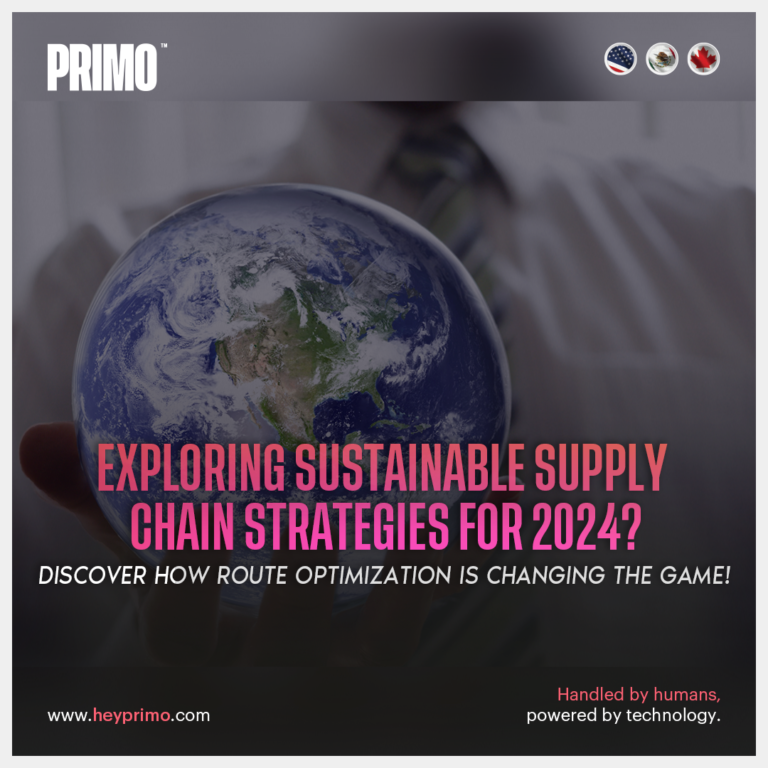Get on Track to a Sustainable Supply Chain with PRIMO
Despite the best efforts to plan for a more sustainable supply chain, it requires that you take a proactive stance and stop waiting to take the step forward. Gino Wickman once said, “It is less important what you decide than it is that you decide. PRIMO can be your advocate and trusted advisor in enabling a truly sustainable supply chain through all of the above and beyond.
to get started today.
